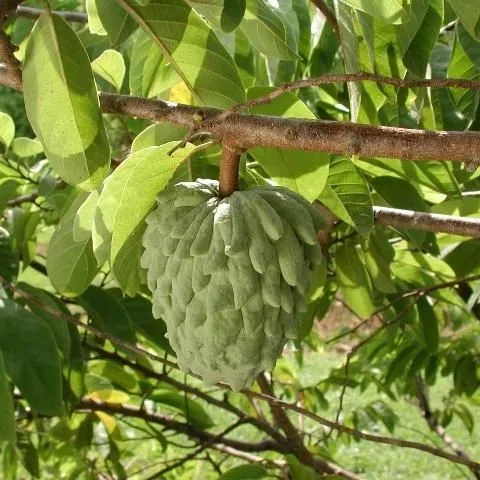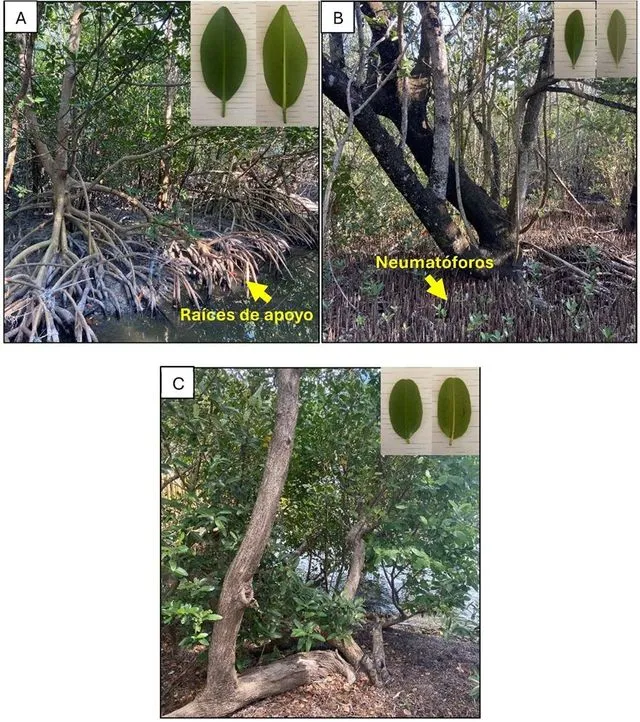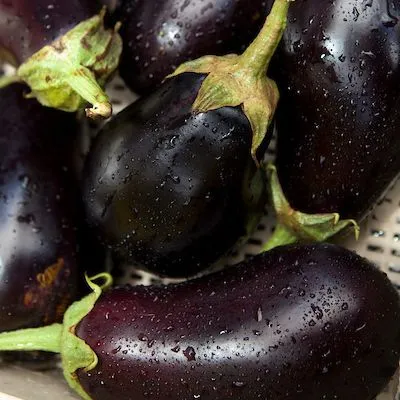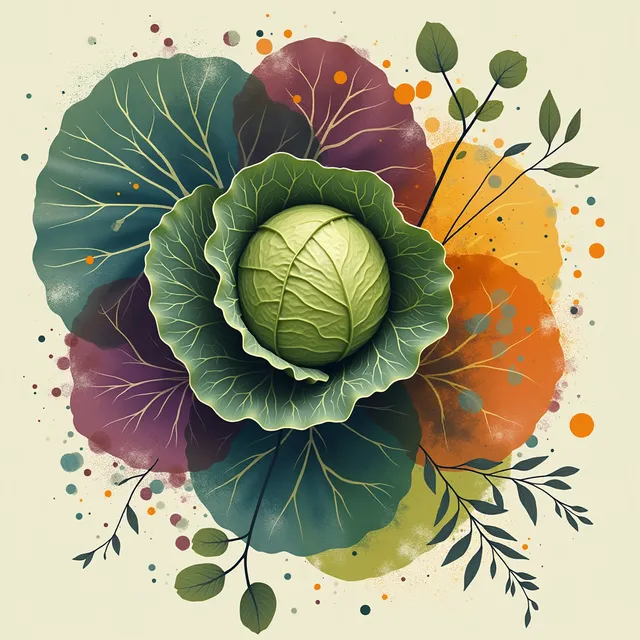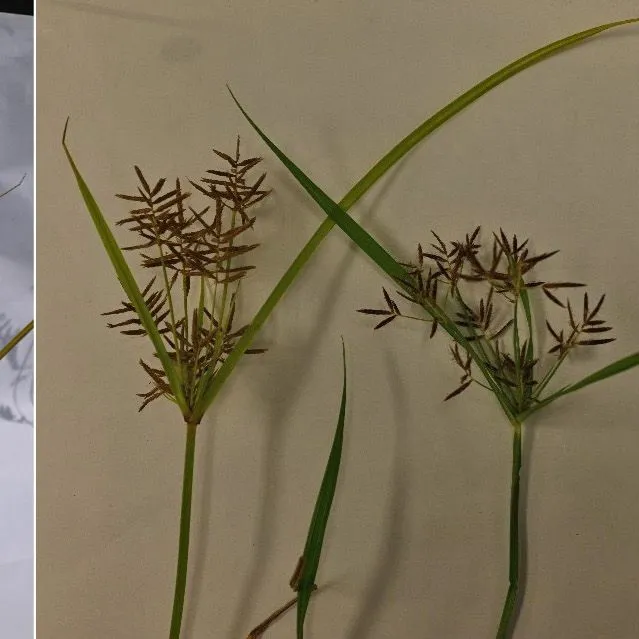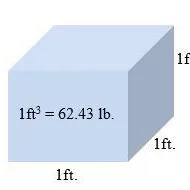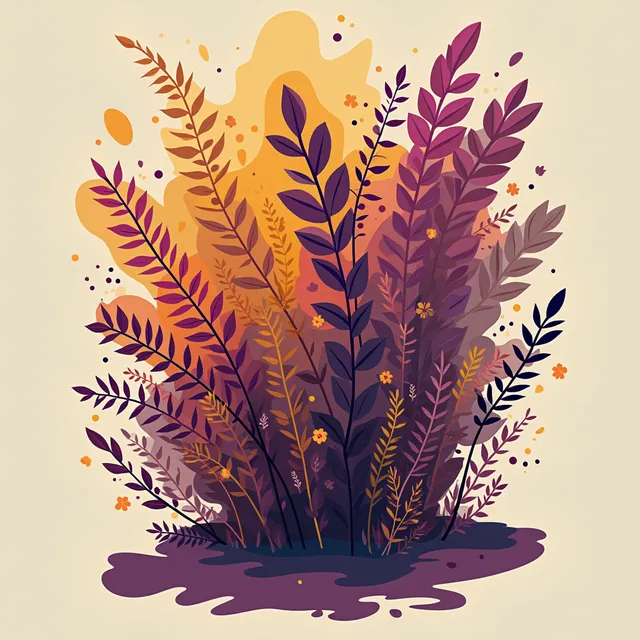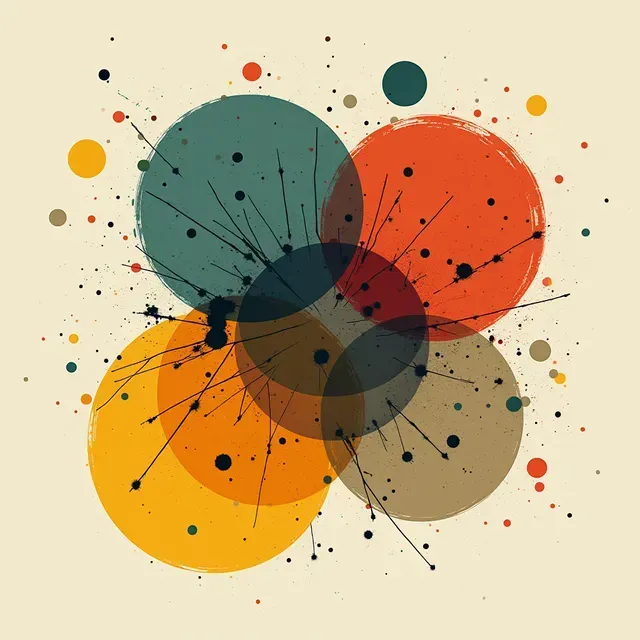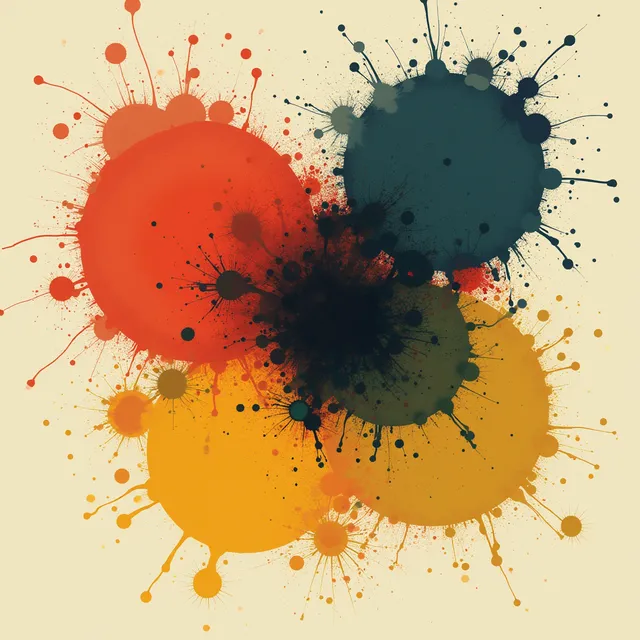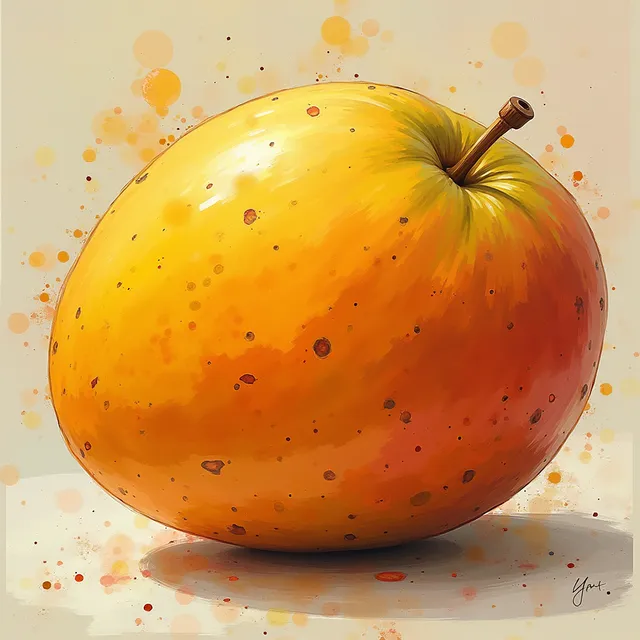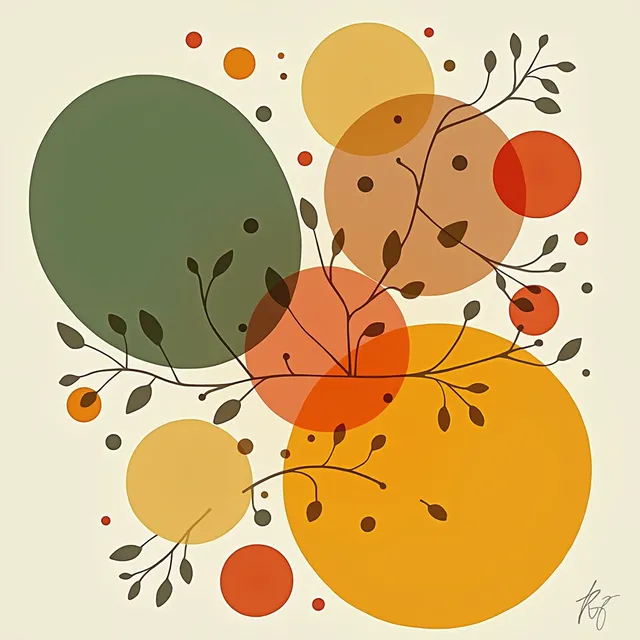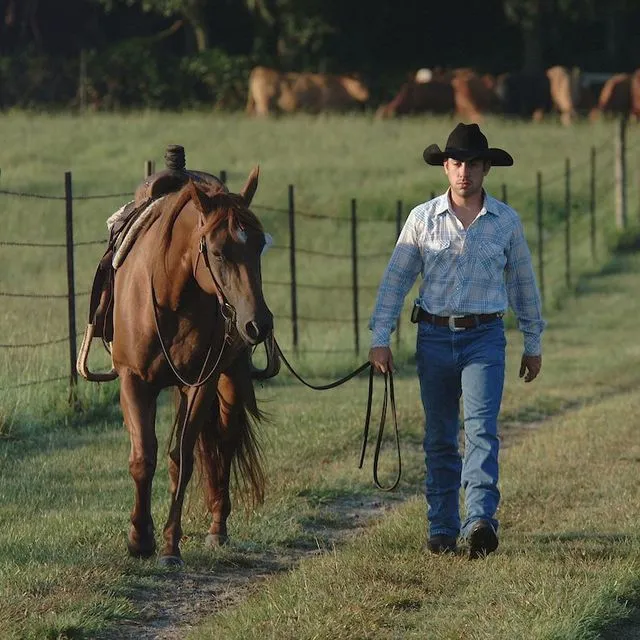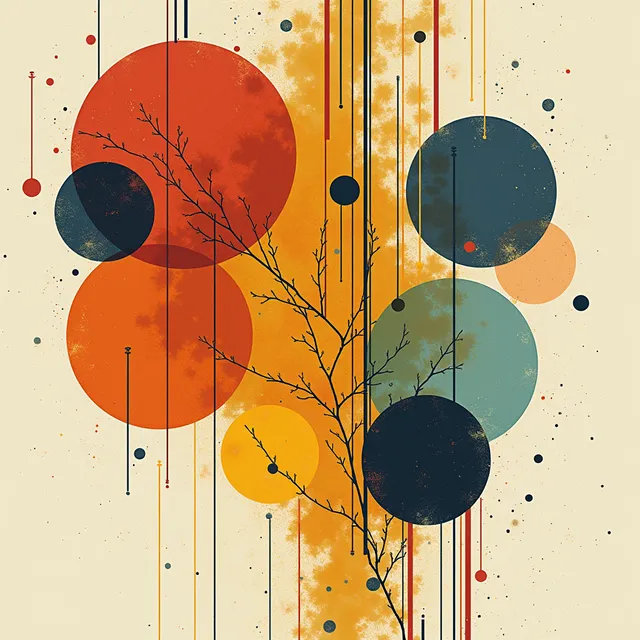Tropical REC
Summary
Tropical Research and Education Center(TREC) was established in 1929 by an act of the state legislature in what is now Miami-Dade County. Due to the region's humid subtropical climate, TREC is the only state university research center in the continental U.S. focusing on a large number of tropical and subtropical crops. Also, the area's oolitic limestone soil is unique to extreme southern Florida. In addition, the Center addresses water and environmental issues that impact crop production over a shallow aquifer and in proximity to Everglades National Park, Biscayne National Marine Park, Florida Bay and major well fields which provide drinking water to the several million people in neighboring urban areas.
Editorial Team
- Gilly Evans - Chair, Approver
- Monique Scoggin - Assistant
New and Revised Publications
Tropical Research and Education Center(TREC) was established in 1929 by an act of the state legislature in what is now Miami-Dade County. Due to the region's humid subtropical climate, TREC is the only state university research center in the continental U.S. focusing on a large number of tropical and subtropical crops. Also, the area's oolitic limestone soil is unique to extreme southern Florida. In addition, the Center addresses water and environmental issues that impact crop production over a shallow aquifer and in proximity to Everglades National Park, Biscayne National Marine Park, Florida Bay and major well fields which provide drinking water to the several million people in neighboring urban areas.
Editorial Team
- Gilly Evans - Chair, Approver
- Monique Scoggin - Assistant
New and Revised Publications
Showing 100 of 164 Publications
Showing of 57 Experts
